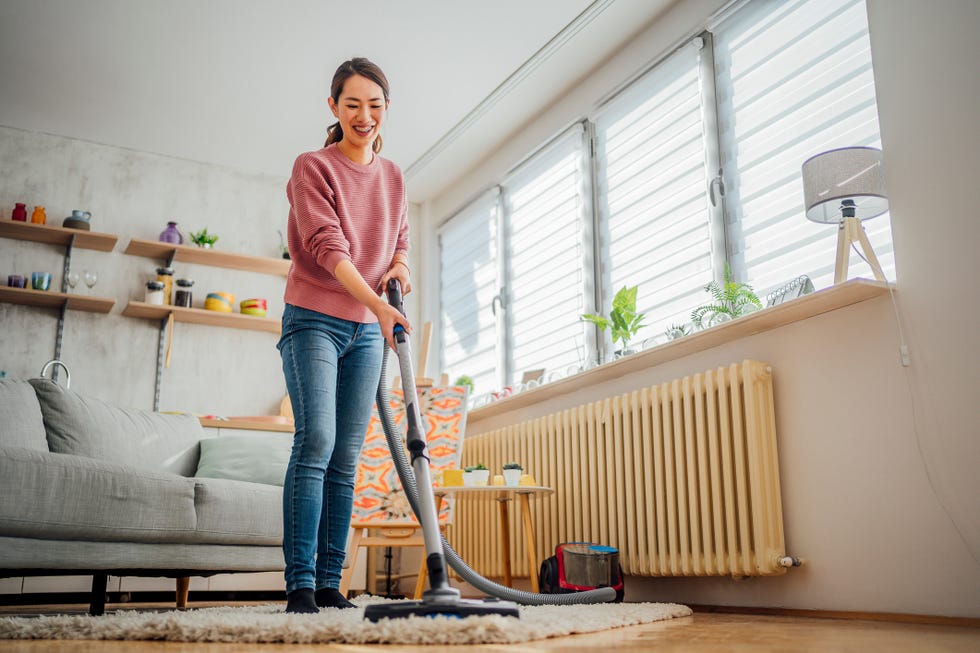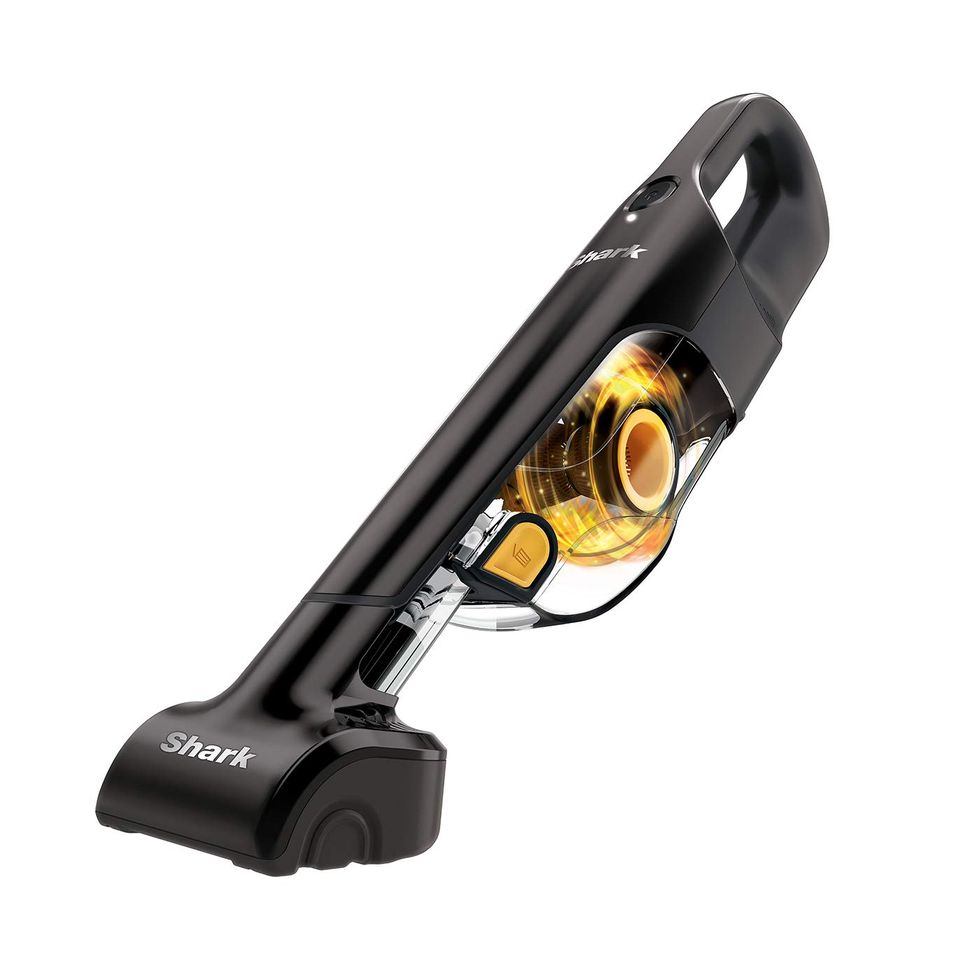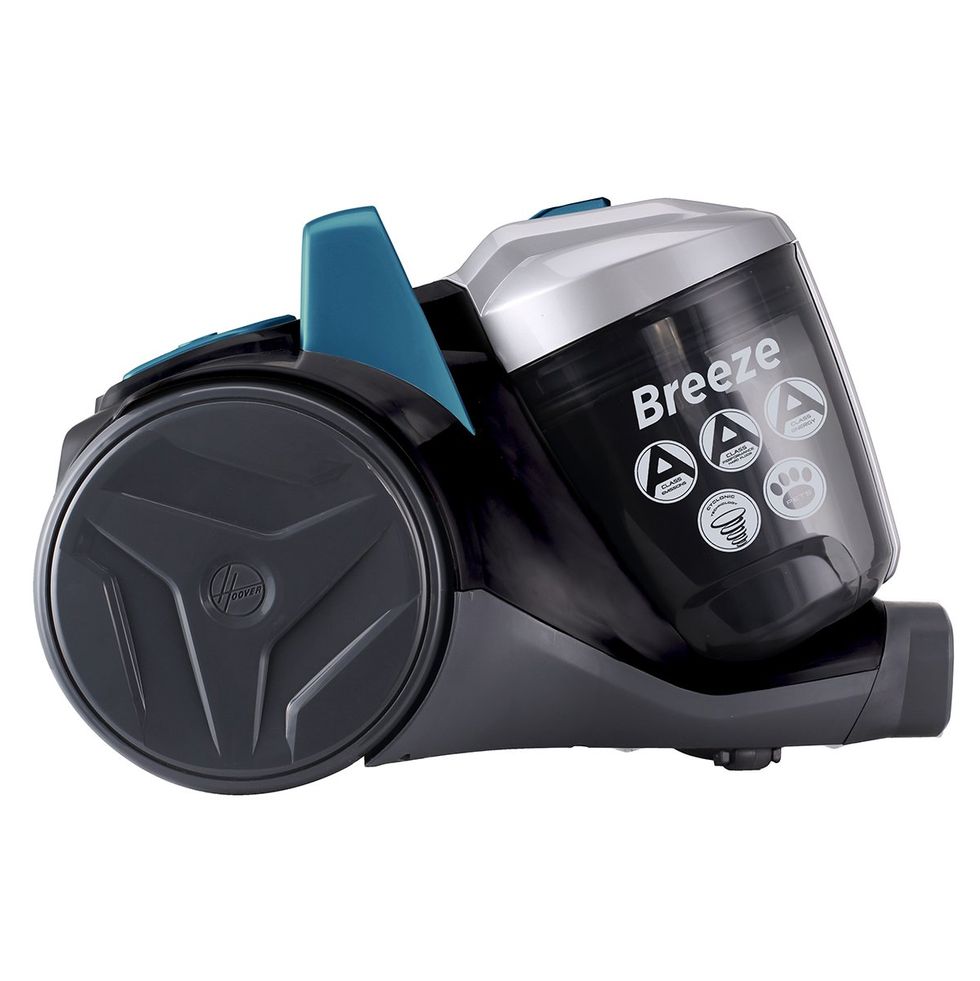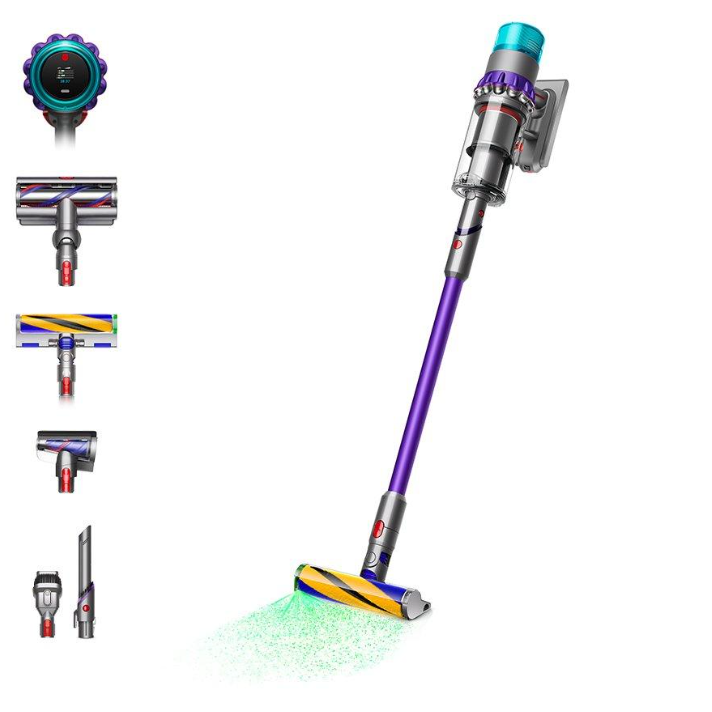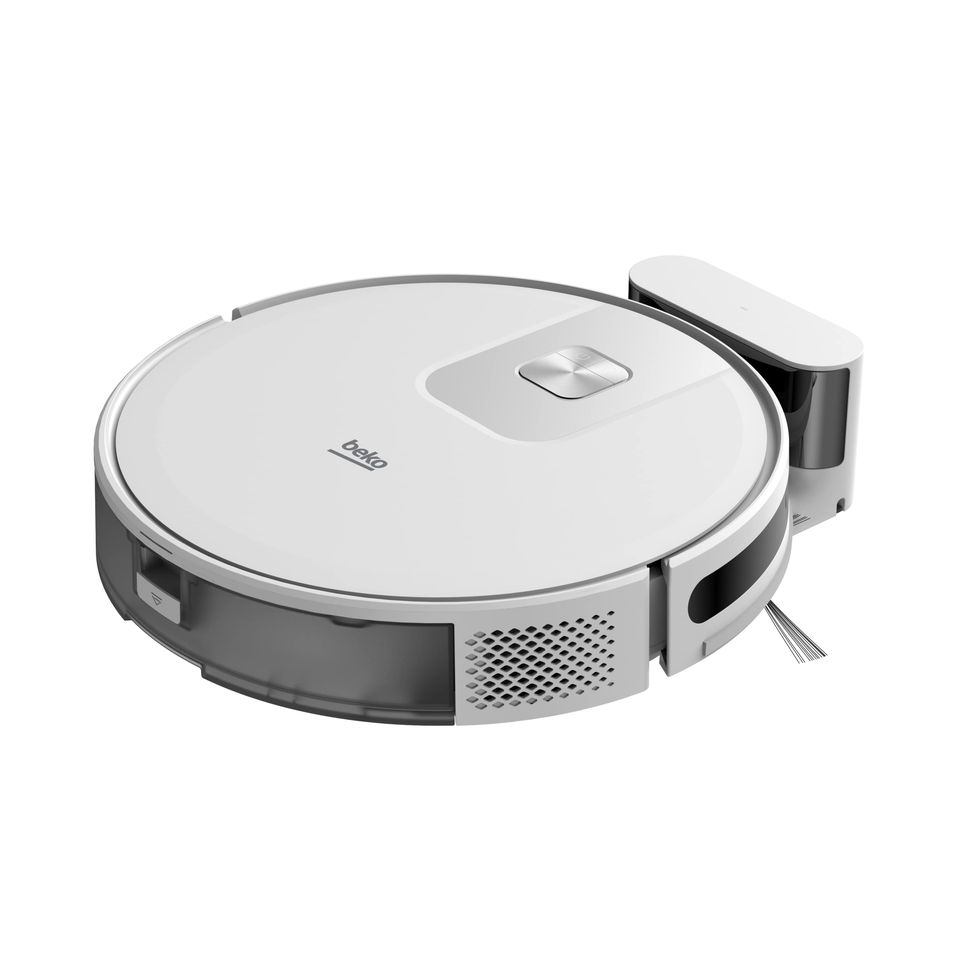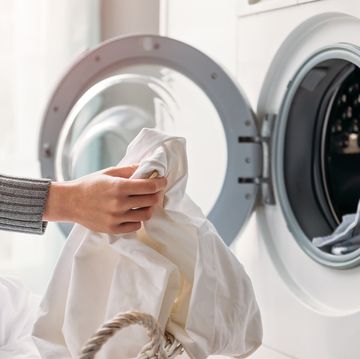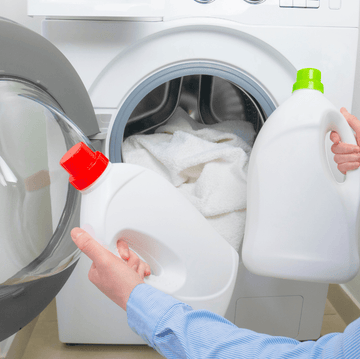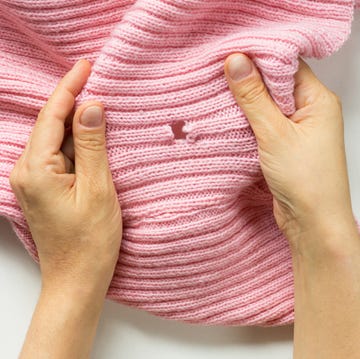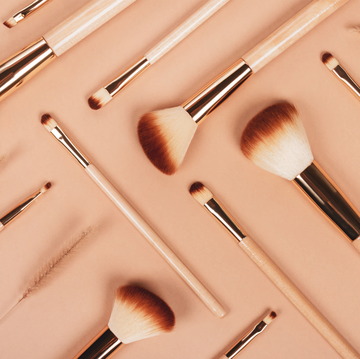Your vacuum cleaner goes through a lot, with most people running it around at least once a week (even more if you have pets!). But when was the last time you gave the vacuum itself a good clean?
Even the very best equipment requires maintenance to keep working at its best. An inefficient vacuum will just push dirt around the house, creating more work for you, so if you've noticed yours has less sucking power than usual, now's the time to tick this chore off your list.
How to fix a vacuum cleaner with no suction
If your vacuum isn't doing it's job, don't fear — it might not be a goner just yet. The most common cause of loss of suction is blockages. This makes the machine slow to pick up and quick to overheat.
What to read next
To keep this to a minimum, never reuse the bag as this is often part of the filter system. If this gets clogged with dust it will reduce the efficiency of the machine. Replace the bag when the indicator light has come on. If the machine doesn’t have a light you can always open up the body and visually inspect the bag.
Vacuum the right way
9 PLACES YOU'RE FORGETTING TO VACUUM
With a bagless machine, make sure to empty the canister after each use. On most bagless machines, there will be a maximum fill line indicating how much dust and debris can be held in the canister so check this if your machine’s suction is poor. You might be over-filling it.
To unblock a vacuum cleaner, always switch it off and unplug. As well as teasing out any blockages in the tube, undo the hose and check the entrance to the machine/top of the bag for further debris.
GHI Tip: If the tube blockage is immovable, soak the tube in warm, soapy water.
How to clean vacuum cleaner filter
Many vacuums have at least one washable filter. Check where your vacuum’s filters are located, then remove and tap against the bin to remove any clumps of dust. Make sure you do this outside or you’ll end up surrounded by a dust cloud!
If it is washable, run the filter under cool water and use your fingers to gently wipe away the residue. A soft-bristled brush can also be used to carefully scrub it clean. Let the water flow through both sides of filter and keep rinsing until it runs clear. Shake excess water away once you’re finished and leave the filter to dry standing up on a towel in a well-ventilated spot, such as in front of an open window. Make sure it’s completely dry before returning it to the vacuum, giving it at least 24 hours.
Additional filters in your machine may not be washable, so ensure you check the instruction manual. If they’re not washable, just tap against the bin to remove any clumps, then return it to your machine.
How to clean vacuum brushes
Make sure the brush on the head is free from hairs and threads. If it becomes jammed, cut - don't pull - any threads that prevent it from rotating. Be careful to avoid cutting the bristles!
Some brush heads have indents that run the length of the head, these are designed to allow scissors to guide through hair and threads without cutting the bristles. There are also hair-cutting tools you can purchase to make the task easier, such as the Pikk-it Hair Removal Tool.
Once all removed, if your brush head has no electrical elements, clean it in warm water, massaging the bristles to remove any embedded dust or fibres. Make sure to dry it thoroughly before refitting it to your machine.
Does your vacuum cleaner smell bad?
A bad odour while vacuuming is usually the result of not emptying your machine regularly enough or possibly sucking up something. Look in the bag first, then give the outside a wipe over with warm, soapy water and a cloth to keep it looking and smelling fresh.
Non-electrical attachments, such as the hose, crevice tool, and soft brush, are safe to wash in warm, soapy water for a thorough clean. Rinse afterwards, and leave to dry completely before refitting.
For bagless vacuums, wash the canister in soapy water after emptying and leave it to completely air dry before putting the machine together again.
A slow-drying filter can also cause a vacuum to smell bad. This is because bacteria has a chance to develop while the filter is still damp. Then once it’s dried and replaced, the air runs through it and vents the smell, making it more prominent. The key to avoiding this is making sure the filter is cleaned thoroughly and dries promptly. While most filters are washable nowadays, they will need replacing as often as recommended too.
If your machine still isn’t efficient after all this, it’s time to buy a new one! Here’s our vacuum cleaner buying guide to help you decide what’s right for you.


